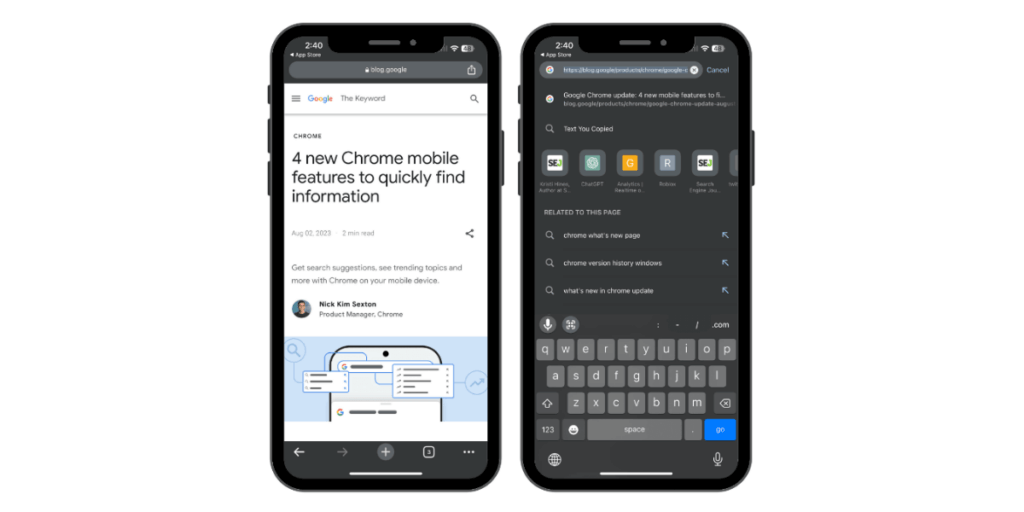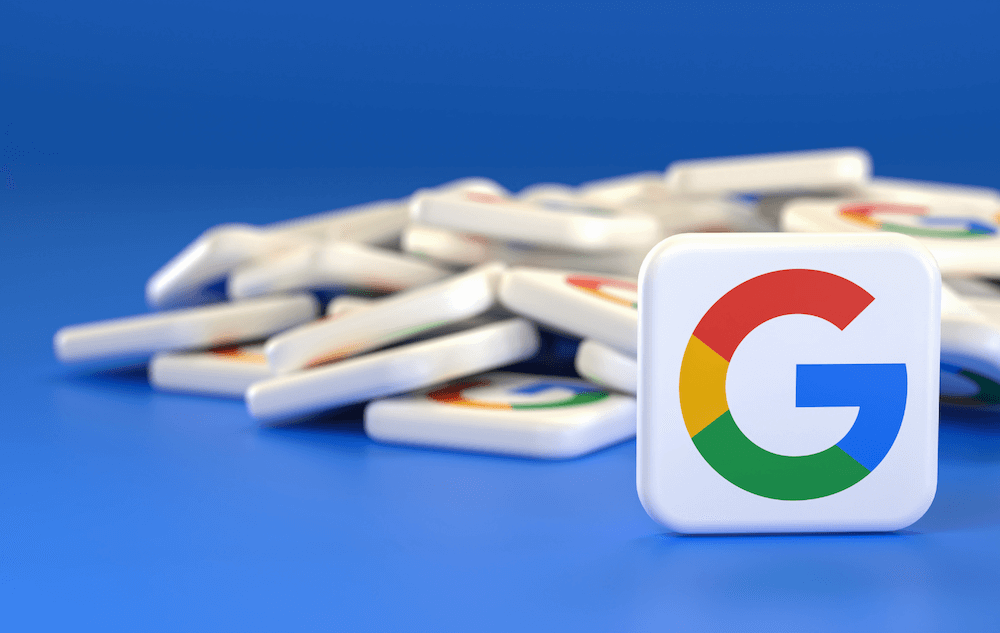Dominating the digital age is no longer a lofty goal. Rather, it is a bare necessity to grow your business. That’s why you can’t afford to get stuck in the old SEO-only rut. For example, did you know that mobile conversion rate optimization (CRO) can be more challenging to master than desktop conversion rate optimization?
Why Does Mobile CRO Matter?
As noted by SmallBizGenius.net, customers use mobile devices for more than 40% of their online transactions. A growing number of shoppers no longer wait to get home and fire up the desktop to buy. They now do it while waiting for the bus, during commercials on TV, and while waiting for junior to finish soccer practice.
You’ve most likely already looked at conversion rate optimization for your company’s websites. However, with the shift in consumer habits, it makes sense to focus CRO efforts on mobile websites. That’s where you notice that the PC-focused tactics don’t work. There is not a lot of screen space to work with. This has led to the conversion rate difference of 3.9% for desktops to 1.4% for mobile devices.
Excellent Mobile Conversion Rate Optimization is Possible
Increasing lead generation with concise product pages, a compelling call to action, and lightning-fast load time is possible for your website. Website visitors now expect specific trends and experiences online. This expectation is even greater for your mobile content.
That’s where delivery and execution frequently falls flat. User experience of mobile sites is still a lot like the Wild West. ? Apps might kick you out, reroute you or crash. Some mobile experiences are great while others are, well, the opposite. It’s high time to revisit the way you produce content for mobile devices.
The 10 Tips and Tricks for Mobile Conversion Optimization
Does it take big changes to make this happen? Sometimes. But there are several actionable things you could do with a smaller investment in time and effort.
- Exit pop-ups are the Hail Mary passes of mobile marketing. You have already seen them on your desktop. When you have your opt-in screen pop up as a user is leaving your page, you can capture a future shopper’s details. Some mobile marketers have resisted the trend to add them to their sites. These pop-ups may or may not work for your brand, but you won’t know until you try it.
- Target the low-hanging fruit with push notifications. In this case, this is the consumer with a distinct interest in your brand, product, or service. Savvy mobile marketers have developed push notifications that take the shopper to a page with a highly targeted call to action, inspiring a conversion.
- Design a mobile conversion experience. By default, you cannot rely on the opt-in you have created for the company website. It looks great on the PC, but it fails to function on the 4.10-inch screen of the iPhone SE. Even the 5.49-inch space on the XS leaves much to be desired. However, if you present a genuinely mobile-optimized version of the form, there is a better chance that users will convert.
- Simplify forms. Well-intentioned marketers will tell you to get as much consumer information as you can. For the PC website experience, this is sage advice. In contrast, for the mobile form that the buyer fills out, each additional line can lead to an abandoned shopping cart. For mobile, we recommend minimizing the information you need to check out. Enable guest checkouts that further simplify the process.
- Boost image content. Your mobile user will not spend a lot of time and effort reading pages of product descriptions and tiny recommendations. For the mobile marketing effort to succeed, you need to be big on visuals. Plain text is not nearly as enticing as your product in high-definition.
- Consider brand-focused inactivity pop-ups. If the mobile customer has been on your website for what seems like way too long, get their attention again. For example, a pithy image pop-up can be an excellent way to recapture their attention and present your brand message simultaneously.
- Build a mobile app. If you have not yet invested in the design of a great mobile app, you might be missing out on a great CRO opportunity. Mobile apps drown out the competition and focus the customer’s attention on you. And, because you can create attractive loyalty programs, you boost brand loyalty. For example, fast-food restaurants are thriving with discounts the customer only get access to through the apps.
- Size matters. Remember the screen size we discussed? Depending on the mobile device your customers use, there is not much space. It makes sense that customers might fat-finger the little buttons you place next to your products, services, or calls to action. They might not even be able to read all the text. In short, make the font bigger and enlarge the buttons. In this situation, CRO means tightening up your sales copy.
- Boost sales with product recommendations. You see them on all the big websites. That’s because product recommendations work and increase the items the customer buys. In other cases, it might encourage the customer who visited your site to buy a pair of leggings to stay and create an outfit. Keeping the small screen size in mind, you might consider a “Match With” button right underneath the shopped-for product.
- Psychology matters. Sales psychology is a specialized field that helps marketers approach your targeted consumer demographic with terms and strategies that will appeal to them. Parents like to know that a product is safe; outdoor enthusiasts want to be sure that their products are rugged and durable. All consumers respond well to mentions of urgency or scarcity. A simple banner can trigger the fear of missing out – and lead to the sale.
Effective mobile conversion rate optimization is not a stab in the dark. Instead, it is based on the use of statistics, extensive marketing experience, and the customized design of a digital marketing process that cannot help but lead to your mobile conversions’ growth. Best of all, this is not a process that you have to undergo on your own. Instead, work with the ferocious experts at Designzillas to get it done.






